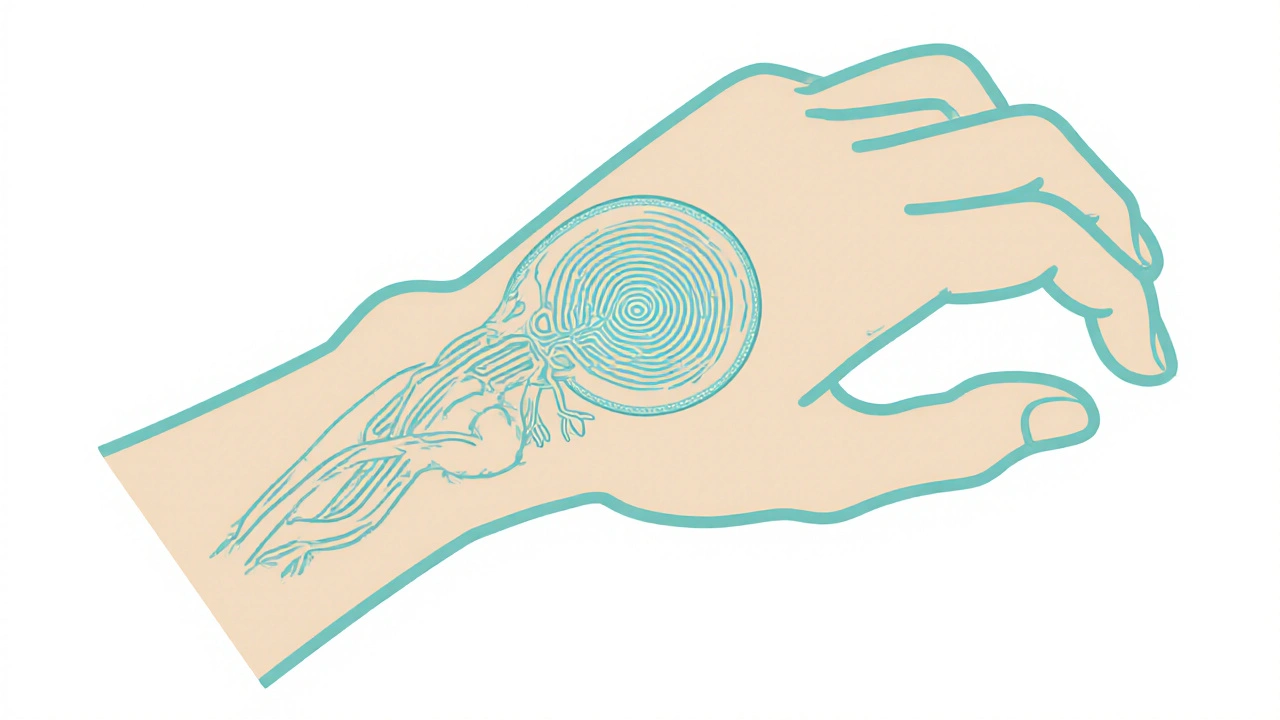Carpal Tunnel Surgery: What It Is, When You Need It, and What to Expect
When your hand feels like it’s falling asleep—numb, tingling, or weak—you might be dealing with carpal tunnel syndrome, a condition where the median nerve gets squeezed as it passes through the narrow wrist passage called the carpal tunnel. Also known as nerve compression in the wrist, it’s one of the most common nerve disorders, especially in people who do repetitive hand motions like typing, assembly work, or using hand tools. If you’ve tried splints, stretches, or anti-inflammatory meds and still wake up with pain shooting up your arm, surgery might be the next step.
Not everyone needs surgery. Many people find relief with lifestyle changes or cortisone shots. But if the numbness keeps coming back, your grip keeps weakening, or you’re losing muscle in your thumb, that’s a sign the nerve has been under too much pressure for too long. That’s when carpal tunnel surgery, a procedure to cut the ligament pressing on the median nerve becomes the most effective fix. There are two main types: open surgery, where a small cut is made in the palm, and endoscopic surgery, which uses a tiny camera and smaller incisions. Both work by freeing up space for the nerve, and most people go home the same day.
Recovery isn’t instant. You’ll wear a bandage for a few days, and your doctor will tell you to avoid heavy lifting or gripping for weeks. Some people feel better in days; others take months for full strength to return. Physical therapy helps, but you don’t need to be an athlete to get results—just consistent, gentle movement. The real win? No more waking up with your hand screaming. No more dropping things. No more wondering if your phone is broken because your fingers won’t cooperate.
It’s not just about pain. Carpal tunnel can mess with your sleep, your job, even your mood. If you’ve been living with it for months and nothing’s stuck, you’re not just being dramatic—you’re dealing with a real physical problem that’s had enough time to cause damage. Surgery isn’t a last resort. It’s the point where you stop managing symptoms and start fixing the cause.
Below, you’ll find real stories and facts from people who’ve been there. Some tried everything before surgery. Others went in with fear and came out relieved. You’ll see what works, what doesn’t, and what no one tells you until you’re sitting in the waiting room. This isn’t theory. It’s what happens when nerves get squeezed—and how to get your hand back.
- Colin Hurd
- Nov, 20 2025
- 15 Comments
Carpal Tunnel Syndrome: Understanding Wrist Pain and Nerve Decompression
Carpal tunnel syndrome causes wrist pain and numbness from median nerve compression. Learn how splints, injections, and surgery work - and why timing matters to prevent permanent damage.

